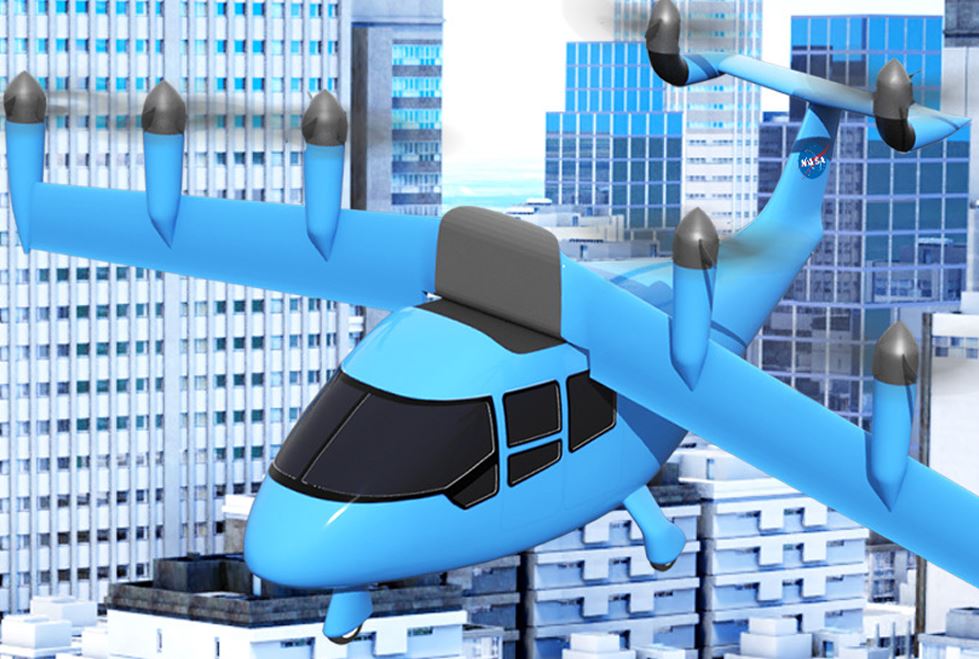
This 2023 version of the plan includes new perspectives on how NASA’s work addresses key drivers of the aeronautics industry. It maintains the organization of ARMD’s research plan into “strategic thrusts” that have the potential to make cross-cutting, transformational contributions to the future of flight.
“To implement this plan, our research portfolio remains organized around six strategic research thrusts,” said Robert Pearce, NASA’s associate administrator for aeronautics. “They detail our vision for future air transportation systems that are safe and sustainable, increase personal mobility, and enhance U.S. economic well-being. These strategic thrusts envision a future for our skies that is cleaner, quieter, safer, and more efficient. NASA will enable these outcomes by leading in areas such as ultra-efficient airliners, high-speed commercial flight, advanced air mobility, future airspace and safety, among others.
The six strategic thrusts are:
- Safe, Efficient Growth in Global Operations
- Innovation in Commercial High-Speed Aircraft
- Ultra-Efficient Subsonic Transport
- Safe, Quiet, and Affordable Vertical Lift Air Vehicles
- In-Time System-Wide Safety Assurance
- Assured Autonomy for Aviation Transformation
One major update to the Strategic Implementation Plan is the inclusion of NASA’s commitments to sustainable aviation. Since the last version of the document was released in 2019, NASA has established the Sustainable Flight National Partnership – an engagement with industry, academia, and government to accomplish the U.S. goal of net-zero greenhouse gas emissions by 2050.
Rich Wahls, ARMD’s mission integration manager for its Sustainable Flight National Partnership said: “Working together with industry on projects such as the X-66 Sustainable Flight Demonstrator, we will make critical contributions enabling aviation to accelerate towards the U.S. goal of net-zero greenhouse gas emissions by 2050.”
Sustainable aviation is only one aspect of NASA’s flight research. Other areas include leveraging new and nontraditional technologies and approaches including electric or hybrid propulsion, low-boom supersonic flight, automation and autonomy, and technology convergence to develop transformative solutions. The ultimate, overarching goal is providing safe, affordable, and convenient air travel to the public, says the press release.
(Image: NASA)
For more information visit:
www.nasa.gov

